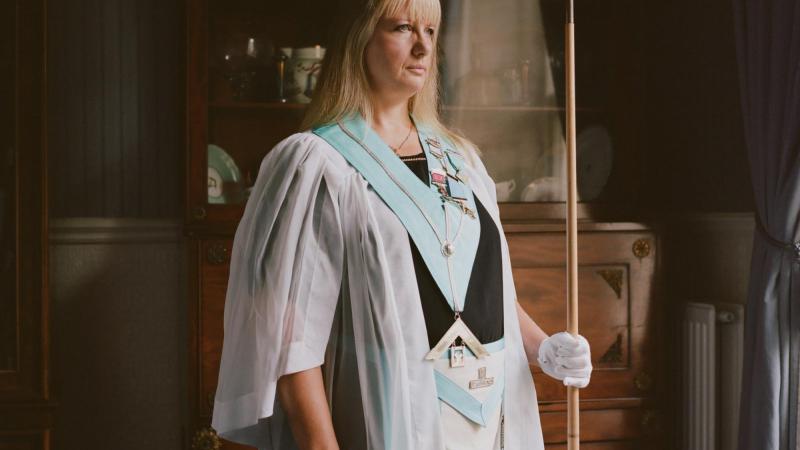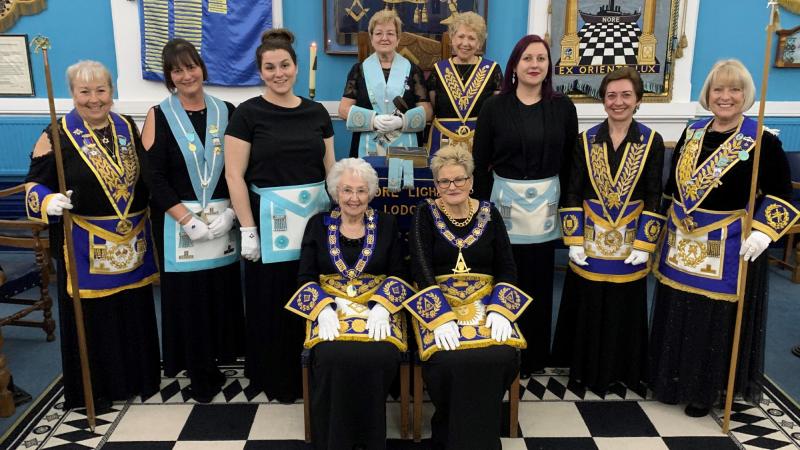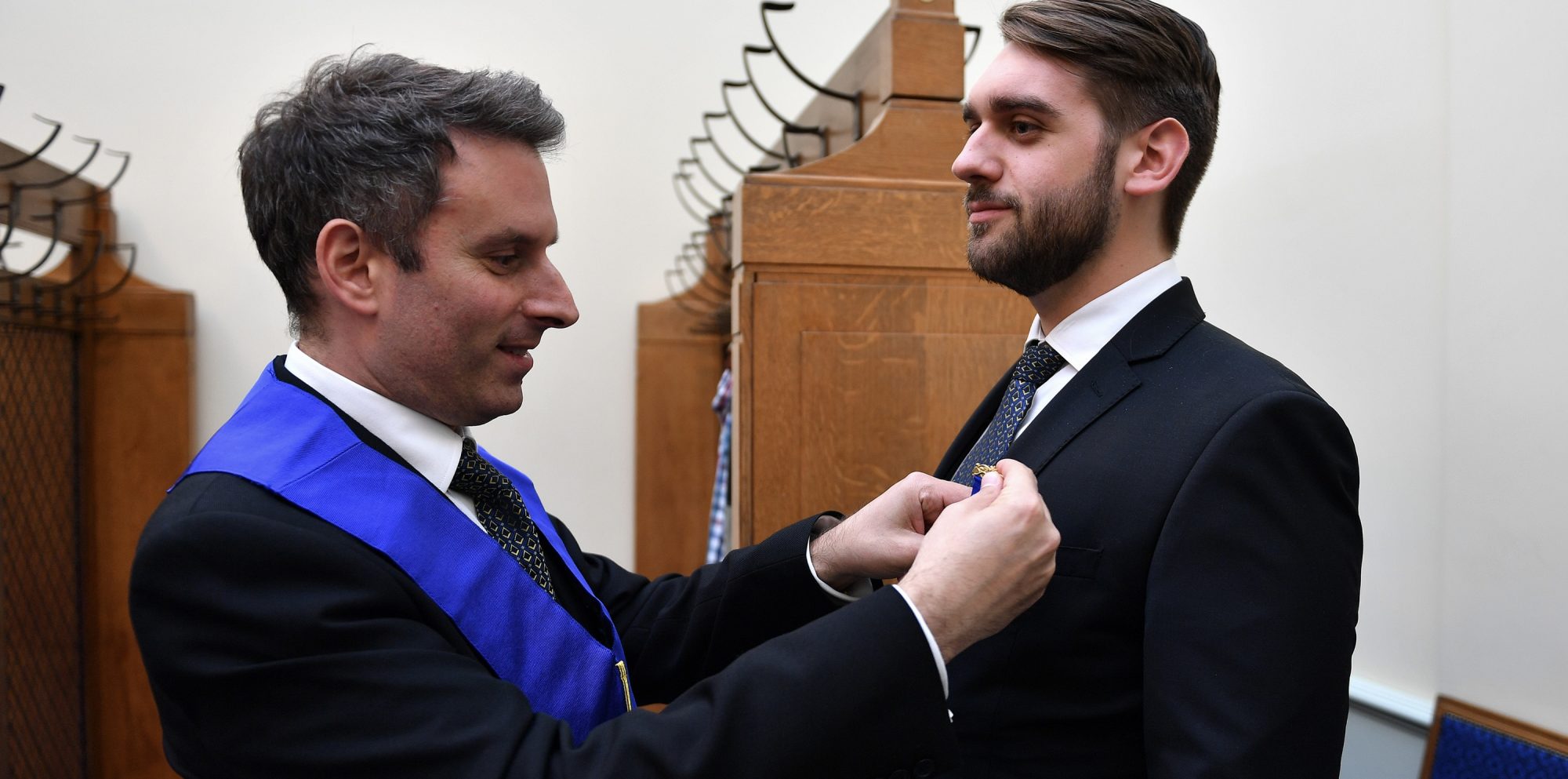Freemasonry is one of the oldest social and charitable organisations in the world, Freemasonry’s roots lie in the traditions of the medieval stonemasons who built our cathedrals and castles.
It is here that a number of the famous elements of Freemasonry find their roots. In the medieval era, stonemasons often travelled around to find work in different locations. To demonstrate their level of qualification, they would use grips, words and signs in order to distinguish themselves from unqualified builders.
Freemasonry uses building analogies to teach members how to lead productive lives that benefit the communities that they live in. In the medieval era, stonemasons wore aprons and gloves to protect themselves while working on shaping rough pieces of stone, but in today’s society Freemasons meet to build friendships and communities rather than cathedrals and castles.
Guiding principles of Freemasonry
For Freemasons, there are four important values that help define their path through life: Integrity, Friendship, Respect and Service. In today’s world filled with uncertainty, these principles ring as true now as they have at any point in the organisation’s history.

What happens at a Lodge meeting?
Freemasonry is organised in smaller units of members, called Lodges, where meetings are held, and members meet together. A Freemason Lodge is a place where members will spend a significant part of their journey in Freemasonry and each member can freely choose the Lodge they wish to be part of.
Lodge meetings are typically held in two parts. The first involves more administrative procedures, such as proposing and balloting for new members and receiving news about charitable fundraising. The second part focuses on ceremonies, which might relate to areas such as the admittance of new members or the installation of the Master of the Lodge and his officers – a process made up of three degrees, or stages, each marked by a special ceremony.
Our ceremonies are based around three principles that are still taught in our ceremonies today: look after those less fortunate, improve yourself and live life well so as to be remembered for the right reasons.
True to the sense of friendship and togetherness among Freemasons, meetings are also social events, providing an occasion for members to dine together. Outside of the Lodge, activities include community fundraising and volunteering activities, as well as a varied programme of events where spouses, partners and families are welcome.
The Three Degrees of Freemasonry
When a person is initiated into Freemasonry, they complete the First Degree. At this point, they become an ‘Entered Apprentice’. The First Degree ceremony reminds us that all are equal – it is the responsibility of those that do well to look after those less fortunate.
Upon completion of the Second Degree, a member becomes a ‘Fellowcraft Freemason’. This encourages members to better themselves through education and focuses on self-development.
After this, the member will then undertake the Third Degree. This ceremony teaches them how to use their life wisely and be remembered for the right reasons. On completion, they become a Master Mason.
Our Mission Statement
What We Are (Purpose)
We are a unique members’ organisation that has thrived for over 300 years. Having no political or religious affiliations, we comprise members of all ages, races, religions, cultures and backgrounds. We meet in our individual Lodges throughout the country where we have ceremonial traditions which encourage us both to be more tolerant and respectful and actively to fulfil our civic and charitable responsibilities; we also make time to eat, drink and meet together, and form lifelong friendships.
What We Aim For (Vision)
To attract those from all backgrounds and walks of life, enabling them to develop into more thoughtful and confident people. To inspire and challenge them to practise the core values we celebrate – Integrity, Friendship, Respect, Charity – in their private and public lives. To cement our reputation as a force for good in our communities and society at large and as a thriving organisation that people aspire to join.
How Will We Achieve This (Mission)
Over the next seven years, we will enhance our reputation as a thriving organisation that people aspire to join and broaden our membership across all age groups.
Women Freemasons
Women Freemasons have been meeting across the country for more than 100 years.
There are two female-only Grand Lodges: The Order of Women Freemasons and HFAF – Freemasonry for Women. They both follow exactly the same ceremonies and wear the same regalia as male Freemasons, and they often work closely with community and charity projects.
The United Grand Lodge of England has an excellent working relationship with both Grand Lodges. Members from Freemasonry for Women and The Order of Women Freemasons have both taken part in Open House London at Freemasons’ Hall in recent years in order to showcase female Freemasonry, as well as taking part in joint Freshers’ Fairs up and down the country as part of the Universities Scheme.

The Order of Women Freemasons is the oldest and largest Masonic organisation for women in this country and works on the lines of regular male Freemasonry. It was constituted as the Grand Lodge of the Honourable Order of Ancient Masonry in 1908 and adopted the title ‘The Order of Women Freemasons’ in 1958.
The Order originally included men and women but in the early 1920s a decision was made to restrict admission to women only, and by 1935 it was an exclusively female organisation. The Order’s headquarters have been situated in Notting Hill Gate, London, since 1925 and are run by the Grand Master and her secretariat, who undertake their duties on a voluntary basis.
Women of any race or faith can join – they should be 21 years or older, be of good character and believe in a Supreme Being. The Order has approximately 4,000 members in more than 300 Craft Lodges spread throughout the UK and overseas, which meet a minimum of four times a year. The Order also actively encourages all members to join the further and higher degrees.
The Order also has The Pembridge Society, a group for new and young Freemasons who meet to advance their Masonic knowledge. It is planned for similar groups to be set up nationwide.
The Order is actively involved with UGLE in promoting the Universities Scheme, and during the last few years has worked alongside UGLE members at university Freshers’ Fairs throughout England and Wales, from which they have welcomed new members into many of their Lodges.
For more information, please visit The Order of Women Freemasons website

Freemasonry for Women, founded in 1913 as The Honourable Fraternity of Ancient Freemasons, is a Masonic fraternity for women. It has Lodges in the UK and overseas, and about 800 members.
The Lodges have exactly the same aims and ideals as their male counterparts and have identical organisational structures. Their members are encouraged to practise charity, both publicly and privately, and to treat each other fairly at all times.
HFAF is a small but vibrant community of individuals, with members of all ages, backgrounds and religious beliefs. Freemasonry has evolved over the centuries as a system of moral guidance and education, characterised by allegory and symbolism, enabling its members to follow a common purpose of living a moral life for the good of themselves and society.
It promotes the ideals of Masonic brotherhood with special emphasis on three particular benefits for women: friendship, inspiration and empowerment. Being a member of a Lodge creates a special bond between women, no matter what their background. Friendship is important in today’s increasingly online world, where we can often feel isolated and lonely.
HFAF aims to inspire its members to become the best version of themselves possible and in turn inspire those who come after them. Everyone needs a role model in their lives.
HFAF believes that every woman should be empowered by increased self-confidence and belief in her abilities. Taking part in the Lodges and ceremonies provides many opportunities to discover both new and latent talents.
For more information, please visit the HFAF – Freemasonry for Women website.
If you have any further questions then please look at the United Grand Lodge FAQ section that can be found here

